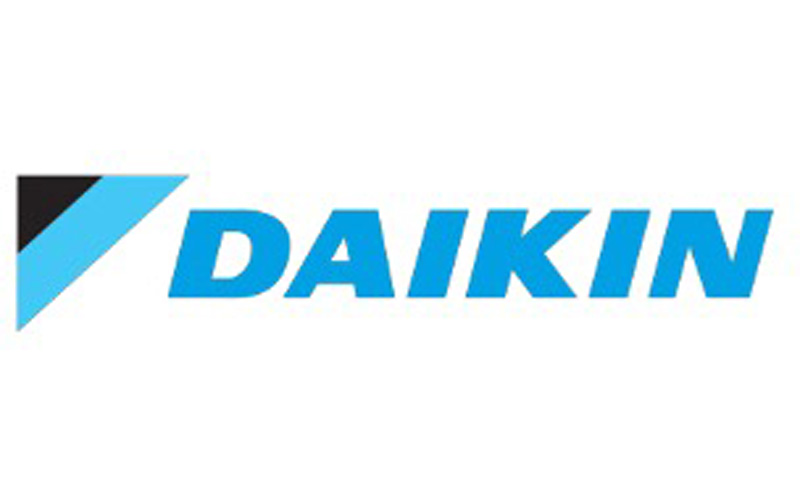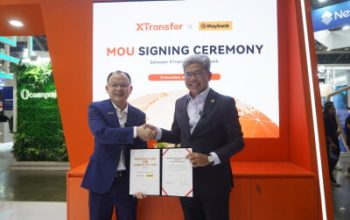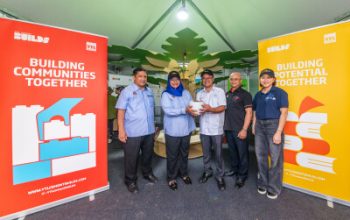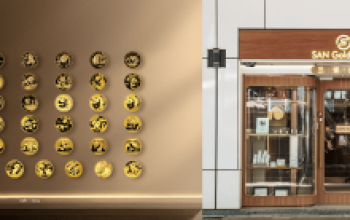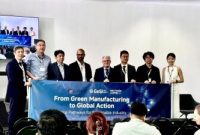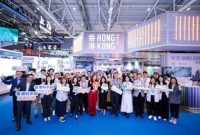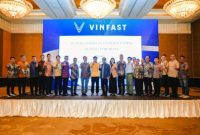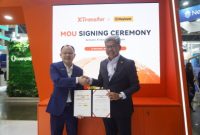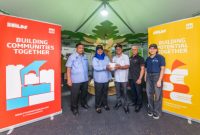SINGAPORE – Media OutReach – 9 November 2020 – Daikin Singapore (“Daikin”) today announced that it has signed a Memorandum of Understanding (MOU) with SP Group (“SP”) to provide Singapore’s first large-scale residential centralised cooling system at Tengah.
The MOU includes joint research and development, product innovation and marketing opportunities in Tengah, and future collaborative opportunities in Singapore and the region.
The partnership builds on SP’s expertise and strong track record in operating the world’s largest underground district cooling system in Marina Bay and Daikin’s strength in the air-conditioning industry through its Chilled Water System Equipment including chillers, water pumps, fan coil units, and maintenance services.
“Daikin is enthusiastic about this collaboration with SP Group. Daikin has designed unique equipment for this project in Tengah. With this collaboration, we look forward to working together to make the Tengah town energy-efficient, green and cool.” said Mr Masanori Togawa, President and Chief Executive Officer, Daikin Industries, Ltd.
Mr Stanley Huang, Group Chief Executive Officer, SP Group, said, “SP Group aims to enable a low-carbon, smart energy future by integrating sustainability into the everyday life of the residents. Through this collaboration with Daikin and building on SP’s strong track record in providing smart energy solutions in Singapore, we look forward to helping households enjoy the reliability and energy efficiency of centralised cooling.”
Centralised Cooling for Tengah
The centralised cooling system for residential Housing Development Board projects aims to optimise the energy consumption for air-conditioning needs and reduce the urban heat island effect. Around 22,000 households stand to benefit from this initiative and Tengah will be the model for low-carbon smart energy towns in Singapore.
Daikin Singapore will deploy its Building Management System (BMS) to monitor and control Tengah’s centralised cooling system. Following the acquisition of BMS Engineering last year, Daikin is now able to provide the technical equipment as well as maintenance of systems as a one-stop solutions provider.
Going Green Regionally
This collaboration marks a first for Daikin. The partnership with SP is part of Daikin’s longer-term growth strategy to meet the changing requirements of energy players, sustainable architecture projects as well as the rising number of social-conscious citizens in need for more adaptable accommodations.
Daikin and SP will monitor and optimise the model for Tengah and explore future opportunities to replicate the same reliable and efficient system in other parts of Singapore and the Southeast Asia region. This builds upon Singapore’s ongoing roadmap for greener buildings as well as the longer-term vision for a Singapore Smart-city that includes sustainability in its advocacy.
About Daikin Singapore
Prior to the acquisition of BMS Engineering, Daikin Singapore has placed its strategic focus on HDB, building a stronger sales channel by developing Daikin Proshop and thereby differentiating itself from its competitors. With 50 years of history in Singapore, Daikin also drove expansion by launching differentiated products such as Remote Monitoring System (RMS), which provides energy optimization and predictive analytics. In Applied Product equipment (AP), which is mainly used in commercial or industrial sector, it expanded sales by focusing on highly efficient products like magnetic-chiller products and airside using EC motors.
Its services business was solely related to the repair and supply of spare parts and moving forward, the company will now focus on Indoor Air Quality (IAQ) and Eco-Friendly Maintenance, where it aims to support green building projects through its acquisition of BMS Engineering. Daikin will then optimise AC equipment and other building equipment implementation before moving towards providing a full suite of services by adding Energy Management to its portfolio to manage equipment for the whole building.


